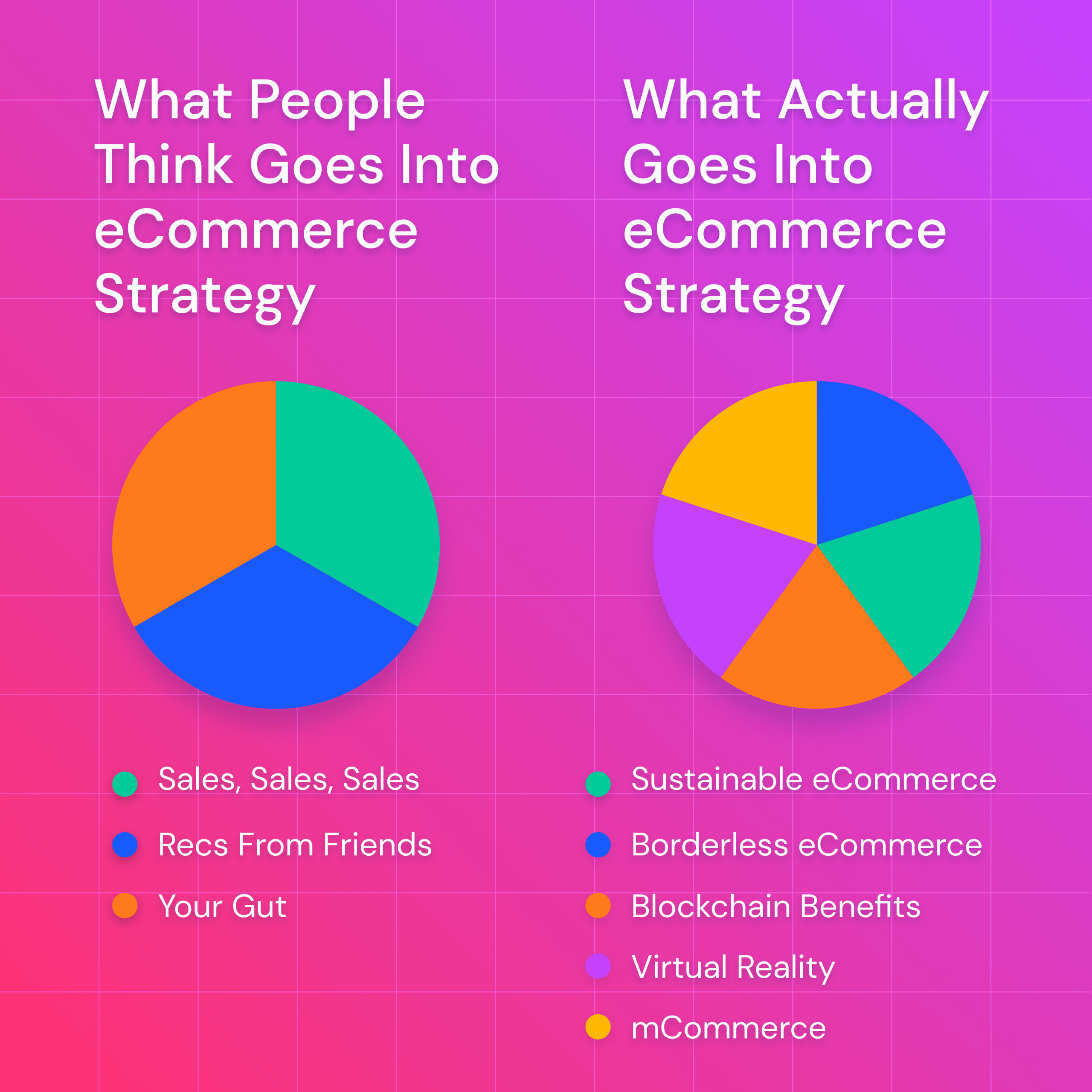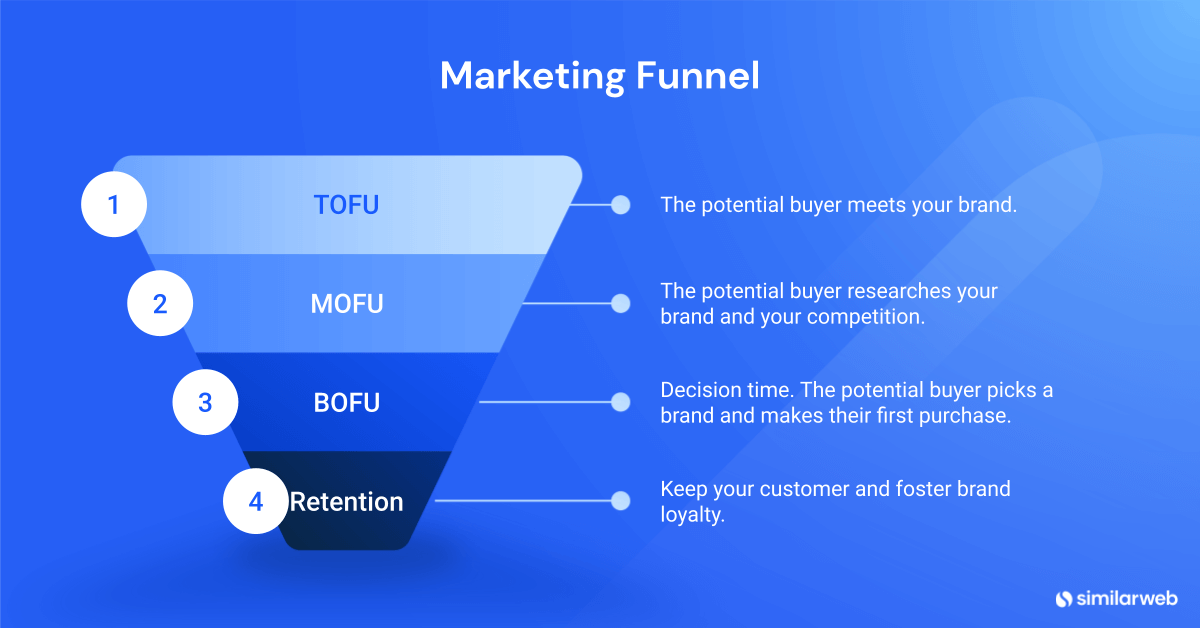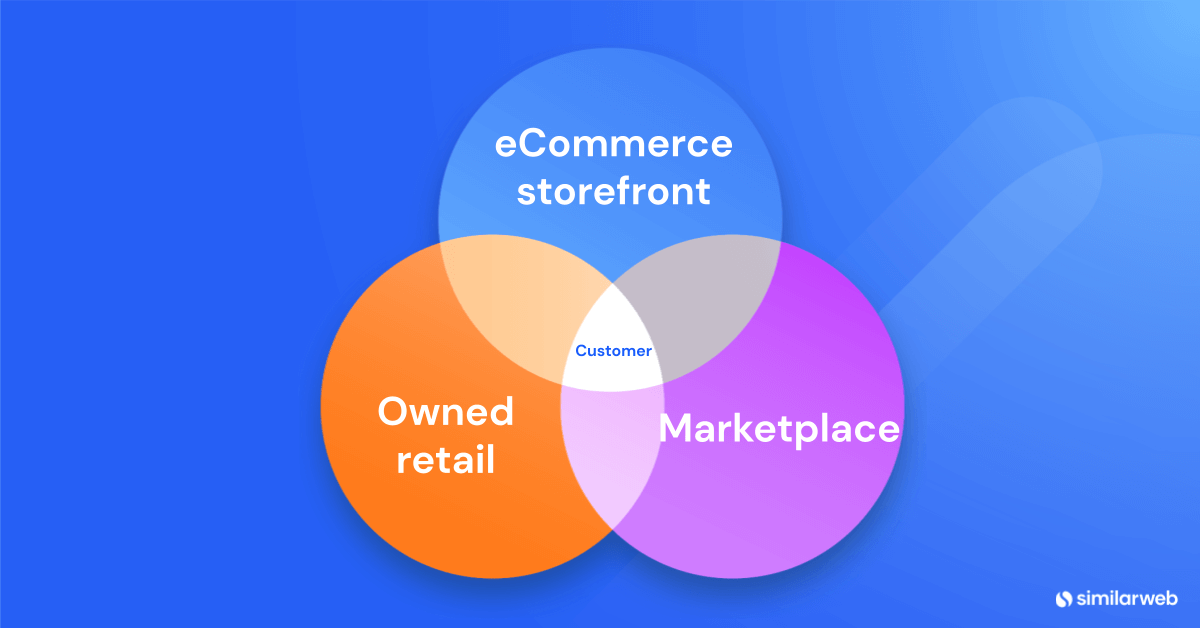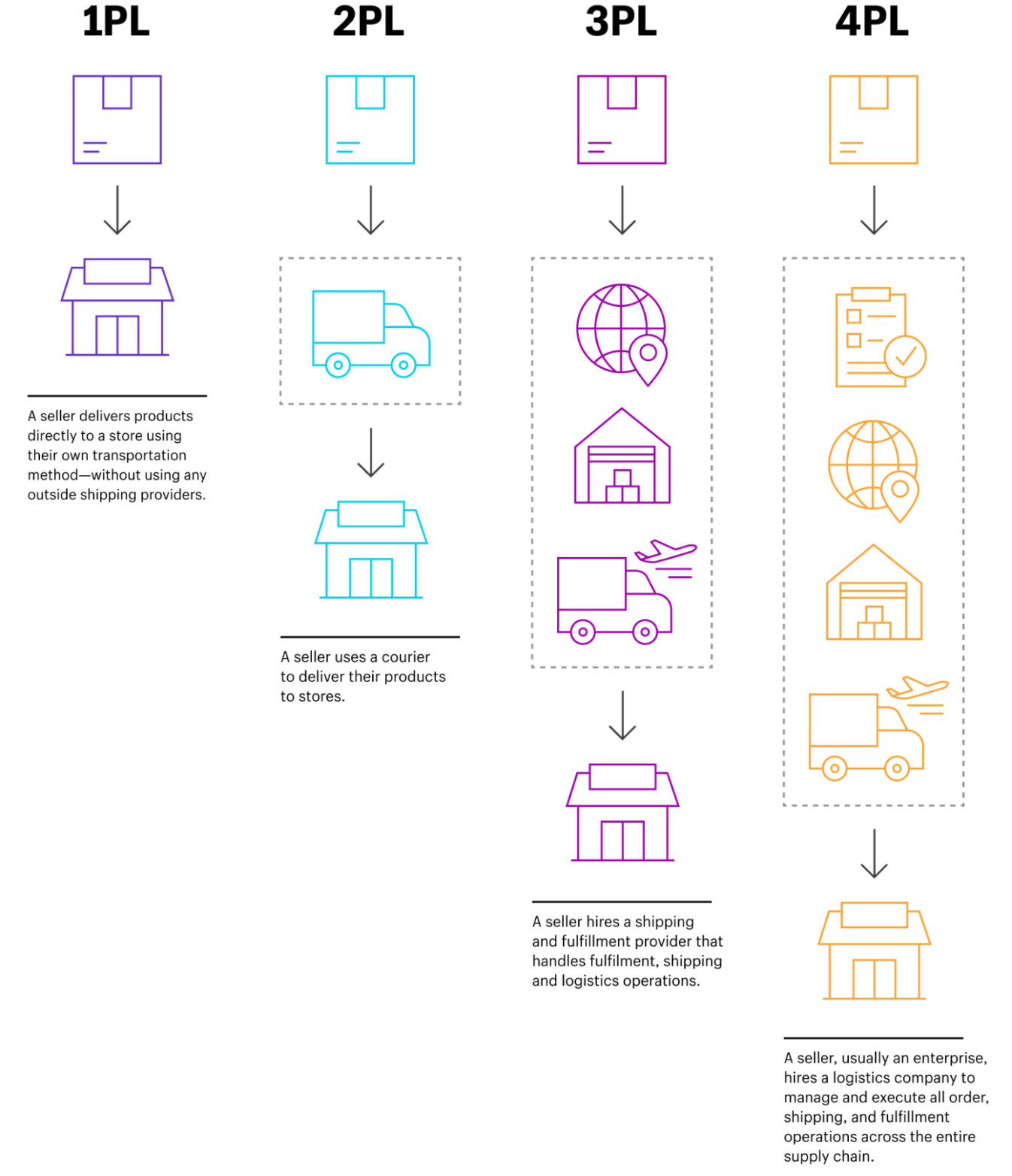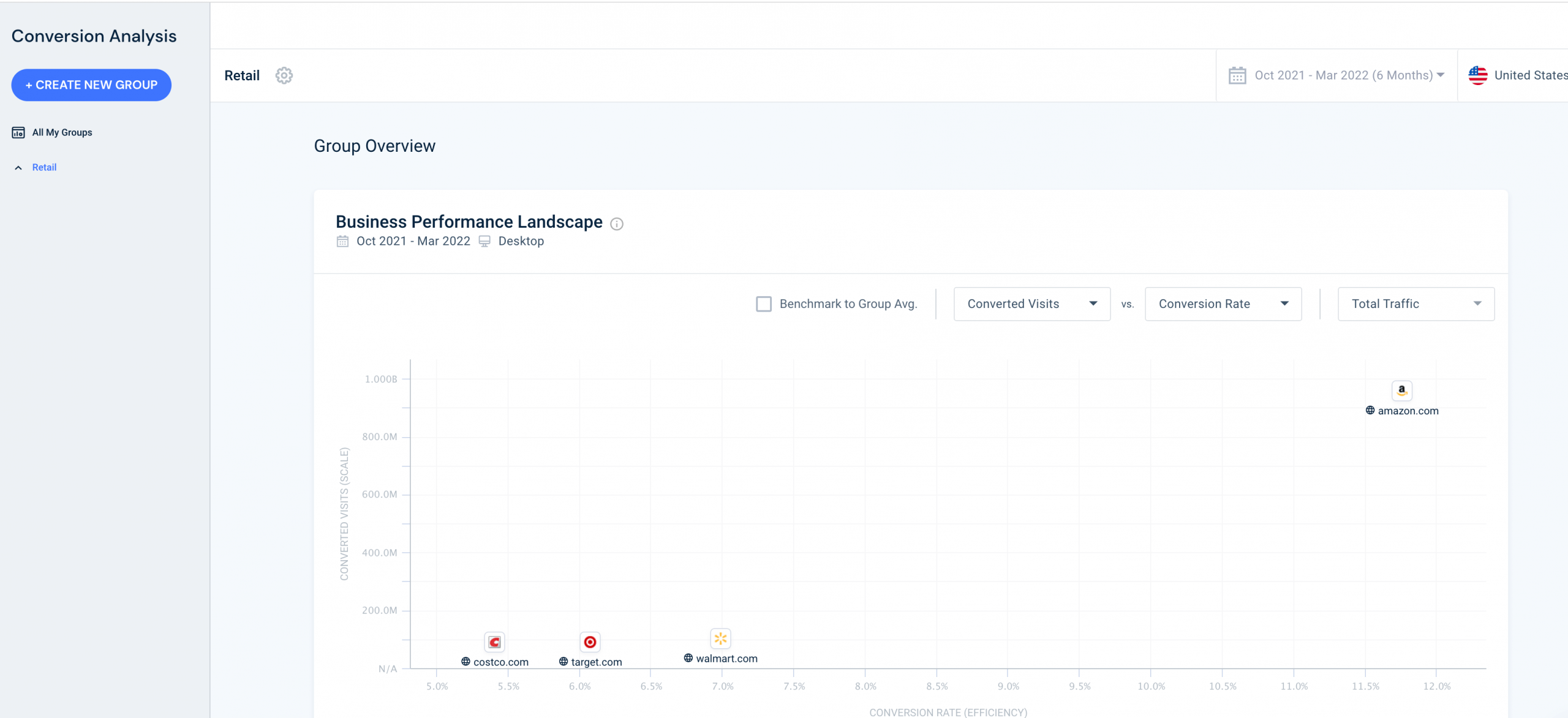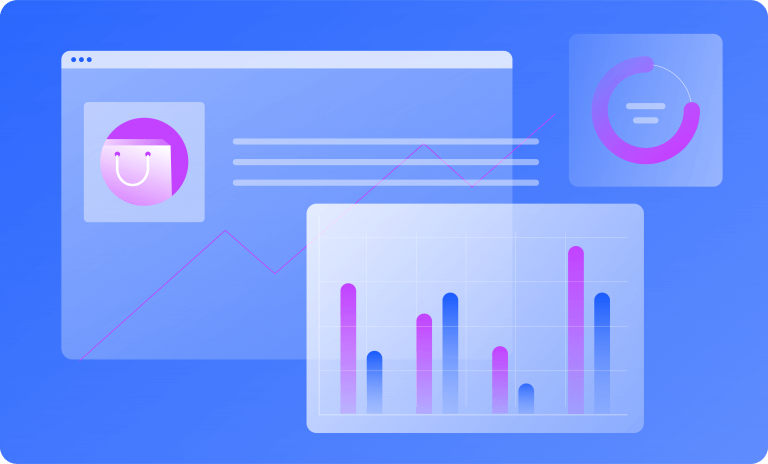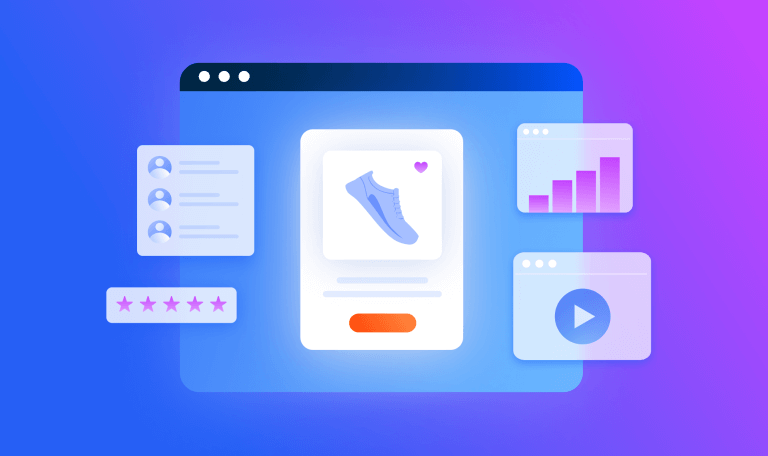15 eCommerce Strategies to Grow Your Sales
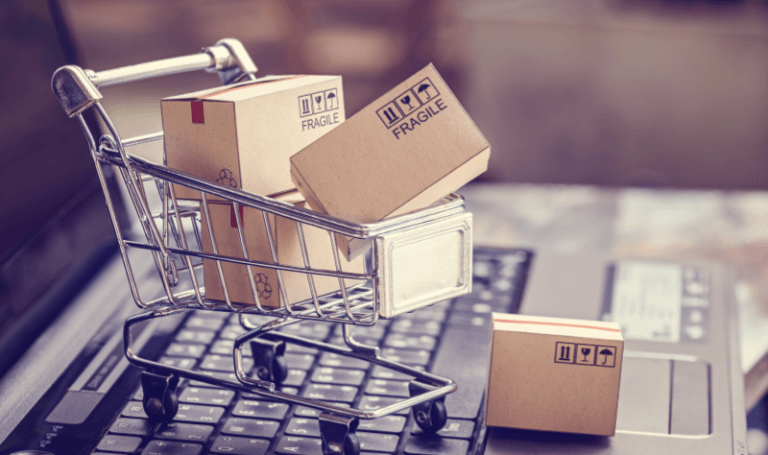
Before the pandemic, trends pointed to global growth in the eCommerce market, but quarantine and lockdown measures accelerated the adoption of the online marketplace in a truly organic way.
What is an eCommerce strategy?
Your eCommerce strategy focuses on multiple layers and spans the breadth of the business. It includes technical, operational, creative, customer service, logistics, and product development.
eCommerce strategy starts with a few simple questions:
-
- What are you going to sell?
- Where are you going to sell it?
- How are you going to get it to your customer?
You can choose to sell products or services on established retailer sites like Amazon or Upwork. You can also take advantage of the many direct-to-consumer sites like Shopify or WooCommerce, to build your own brand.
How do you develop an eCommerce strategy?
There are different eCommerce metrics to focus on along the way, but building an eCommerce strategy around conversion rate optimization is a good starting point. Your eCommerce strategy is an integral part of your marketing funnel. With that in mind, it’s important to build an eCommerce strategy according to the different stages in the buyer decision process. In other words, you have to move customers from foreign-to-your-brand to first-time buyers to repeat buyers and, finally, loyal and predictable creators of revenue.
What does that mean exactly? Simple. Don’t underestimate the importance of an eCommerce strategy. Your eCommerce strategy is an integral part of your marketing funnel. It’s critical that you build yours according to your marketing funnel and create a plan to help potential buyers move through the buyer decision process.
The best eCommerce business strategies follow the trends
No plan is complete without an understanding of the current playing field and future eCommerce trends in the industry.
1. Borderless eCommerce
Borderless eCommerce is an expansion into the global market independent of geopolitical borders. This reality was unthinkable in the not-so-distant past of dedicated warehouses, traditional supply chains, and inaccessible consumers. The global eCommerce market is expected to total $5.6 trillion in 2022 and as such, has evolved accordingly.
2. More than just “mobile-friendly” mCommerce
Some retailers offer virtual reality inside of apps, interact with other apps like Spotify, use QR codes for redeeming rewards or marketing, and generally try to capitalize on the way people already use their devices to make a memorable mobile user experience.
3. Sustainable eCommerce
Shopify’s Future of eCommerce Report focuses heavily on consumer concern for the social and environmental impact of eCommerce. Developing a green eCommerce business model, including social impact initiatives, is a top priority for 53% of companies. Create end-of-life product plans, reduce or offset your website’s carbon emissions, and champion ethical labor practices.
4. Virtual reality
With big-box stores like IKEA incorporating virtual reality technology in their customer journey, the door to the metaverse has been opened. While costly, VR is becoming a must-have method to temper customer expectations and create “in-person” connections.
5. Blockchain benefits
Blockchain is increasingly being used to process payments, service customers, and manage inventory. It has distinctly superior safety and transparency features than current technology and saves time with automatic updating.
Examples of successful eCommerce strategies
To meet the opportunities of the market, you need solid eCommerce strategies to execute your plan. The basics of business will always be the same: listen to your customer and fulfill their needs. How you accomplish fulfillment is the interesting part.
1. Omnichannel: where offline meets online
An omnichannel eCommerce strategy brings convenience to your customer. It’s a seamless integration of the offline and online shopping experience. This strategy is a form of risk mitigation through diversifying where and how you sell.
Omnichannel incorporates the following touchpoints:
- Sales channels
- Marketing and advertising channels
- Shipping and logistics
- Operations
2. Meet your audience where they are
Begin with research about which channels to prioritize and work out the cross-operational challenges. Use consumer demand insights to decide on omnichannel marketing for individual products based on where your competitors are selling the most.
3. Stay connected
Marketing and selling on multiple channels mean you need integrated information to keep up with inventory and customer service needs. Flexible and frictionless connectivity is key to this working, so consider a digital experience platform or eCommerce software for syncing up.
4. Be specific in each channel to optimize
Knowing your platform helps you optimize for it. If you’re selling on Amazon as one of your retail spaces, you have to be aware of its specific guidelines for listing optimization, like how to get featured on the Amazon buy box, for example.
5. Optimize for eCommerce SEO
Google gives clear guidelines on how it ranks quality product and category pages for your eCommerce site. Reviews are the #1 indicator of high-quality pages for Google. eCommerce retailers have distinct SEO concerns, like Amazon Product Videos and product listing optimization rules.
Use Amazon Overview to see top-performing categories on etailers, so you can optimize them on the etailer platforms and your own direct-to-consumer (D2C) platform. Check out which of your competitors’ products are thriving to prioritize optimizing your product pages.
Multilingual SEO can help you reach new audiences either internationally or within the borders of your defined market. Researching product popularity and competition on different geography’s Amazon pages can help you assess whether entering a new market is wise.
6. Master eCommerce storytelling
The number one reminder of eCommerce storytelling is to not bury the lead. Make sure to place the “climax” or product reveal and core benefits directly after your hook.
One of 57 tactics @RichardGaffin’s MAGNUM OPUS on creative strategy burned into my soul:
“In digital advertising, you have to begin with the climax — the problem your product solves and how your product solves it.”https://t.co/EJ9LWOWEho pic.twitter.com/J4G7jWIAxA
— Aaron Orendorff (@AaronOrendorff) February 12, 2022
In eCommerce strategy, you’re creating content for multiple platforms. So, a “copy and paste” strategy doesn’t work. When making content, consider the platform differences, like:
- size of uploads
- length of videos
- play quality if the sound is silenced
- audience reason to be on the platform
- which segment of your audience you’re talking to
Finally, make content shoppable on the platform so viewers can go straight from browsing to buying.
This Instagram product ad for Moral Origin combines these techniques well. The background speaks to the minimalist brand value. The ease of use and functionality is highlighted immediately. The video works just as well with sound as without. Finally, there’s a shopping call-to-action directly on the IG platform.
Consider fulfillment partners to lower risk and carbon emissions
Accessing warehouses closer to your customer can reduce the carbon footprint of your shipping process. Working with multiple fulfillment partners can help mitigate risk in the future if one shuts down or experiences supply chain delays.
Third-party logistics providers
Third-party logistics (3PL) companies act as fulfillment partners to store inventory, pick, pack, and ship your orders when placed online. You can work with one 3PL or multiple ones to diversify.
Etailer fulfillment networks
eCommerce platforms and etailers have adopted the 3PL model. You can look into the Shopify Fulfillment Network or calculate the costs and savings of using Fulfillment by Amazon.
Sustainable shipping
Make sure to get an understanding of your fulfillment provider’s labor policies and employee rights as “ethical and fair labor practices” are a high priority for consumers.
Consider partnering with sustainable packaging companies, encourage bulk buying to minimize shipping impact, and swap out delivery methods in the last free miles for low-carbon methods like electric cars, scooters, and bicycle couriers.
Focus on a seamless return in line with brand values
Accepting returns as an eCommerce business can not only be logistically confusing but also have a huge impact on customer retention. Interestingly, not only does a time-consuming and tedious return process makes someone less likely to shop with you, but a good return process gives you an extra edge.
But you know what’s even better than an easy return? Never having to return something in the first place! That means your return process is an opportunity to convert more customers into loyalists.
In order to create a hassle-free return process, let customers help themselves to a return label without needing to contact someone. If you’re a small enough store that can’t handle returned inventory or so large that you can absorb the cost, consider a return policy where you refund without needing the physical product back.
Enhance your conversion funnels
Funnels consist of the pathway that consumers take to purchase either within your D2C site or on another sales channel.
In Similarweb, the funnel visualization tool lets you assign different pages to your funnel for conversion analysis. It shows you which pages to optimize more or where potential consumers leave the funnel. This allows you to try out different pages or layouts and copy to optimize the conversion funnel rate.
When tweaking your site, you can test those changes with heatmaps and other CRO tools. However, if you have a small audience, overtesting can be inconclusive. There are other strategies for optimization if you have low website traffic.
Add incentives to your conversion funnel to entice new customers and reward old ones
You can use scarcity to create urgency to convert the consumer. Coinbase uses all of these tactics with a countdown timer for scarcity, a monetary reward for new users, and a lottery “ticket” for existing members.
Consider user intent in keyword bidding for ad campaigns
User search intent matters to your keyword research and ad word spend. A query like, “sturdiest travel backpack” indicates an intent to buy. A search for “travel backpack plane allowance,” does not. Both queries could lead to your eCommerce site, but only one is likely to convert immediately. Can you guess which?
Did you guess “sturdiest travel backpack”? Good! That’s where you should focus your ad budget.
When your goal is to advertise for conversion and not brand awareness, pay attention to the “click share” metric in Google Ads. Similarweb eCommerce Tool gives you “share of click” data for keywords. An optimized click share metric means you’re showing to the people who will buy. This correlates to high click-through rates. Google rewards high click-through rates on your ads.
Amazon values backlinks to your store where you can advertise with sponsored ads. Make sure to use your unique Amazon URL to get credit for these connections from Amazon.
With Google Shopping campaigns, user intent matters again. You can input negative keywords in ad campaigns to narrow the field further.
Gauge your customers’ willingness to pay to increase average order value (AOV)
One of the most valuable metrics in the eCommerce toolbag is average order value (AOV). A higher-order value means more revenue. You can monitor your average order value over time and set goals to increase it.
Use digital consumer behavior insights on cross-shopping to see what other brands are often in the same basket as yours.
This can provide insight into new product development or cross-selling opportunities. Cross-selling can be accomplished by bundling items together that are different but complementary. If you’re selling travel backpacks, for example, maybe you can sell packing cubes as a cross-sell. You can put carousels and product recommendations in key places to trigger this cross-sell.
You can also see what other brands your customers purchase to gauge if you have room for upselling. You can upsell a higher-value item if you understand your customer segments and explain why the higher product fulfills their need.
Simplify your checkout to reduce shopping cart abandonment
A key strategy to increase the conversion rate is to reduce shopping cart abandonment. This is when someone puts things in their cart but leaves without purchasing. To reduce this number, simplify and create a frictionless checkout process while providing favorable and clear delivery rates.
Best practices for a frictionless checkout process are:
- A progress bar or list of steps
- Steps and info on one page only
- Products in the cart are always visible
- Shipping estimation and costs are clearly stated
- Trust signals like SSL displayed
- Offer “continue as a guest” or “create an account” options
- Remove the core header and footer to eliminate distractions
- Make one link back to the main shopping cart as an exit point
- Allow autofill forms
- Use IP address to change currency
- Keep the customer on your domain during the checkout process
- Offer free and two-day delivery options
Make it easy to pay in many formats
Make it as easy for customers to complete the purchase as possible by offering many payment options.
- Include traditional payment options to create trust, like Visa and Mastercard.
- Allow for payment platforms, like Paypal and Venmo, to complete purchases swiftly.
- Digital wallets like Apple Pay make a difference in payment completion, especially on mobile.
- Allow for installment plans, like Shop Pay or AfterPay for those that can’t pay right away.
- Big banks include options like BitPay, CoinGate, Coinbase, Dwolla, or GoCoin for crypto payment.
Create a resilient user experience
Keeping your customer on your site until they convert is critical. Technical issues cause visitors to bounce. You can combat that with a resilient user experience and fast load times.
3 Excellent Performance Testing Tools from Google
How quickly a web page loads and becomes interactive is closely related to user experience and conversions, and thus sales and profit.#marketing #MarketingDigital #webdevhttps://t.co/TF97KtjRha pic.twitter.com/U3QO5JbfGF
— Armando Roggio (@EcommerceBoy) February 6, 2021
The online sales platform Etsy is a really good example of a resilient user experience. The company invests in a critical pathway, favoring fast load times over complete load pages. If pieces of the site outside the critical pathway don’t load, they hide it so that the user can continue the path to conversion unimpeded. If your site is slow, check out how to increase your eCommerce site speed.
Test for an intuitive search experience and website usability
Once someone lands on your site, you have to make it easy to navigate or else the buyer will be confused and this will reflect in your bounce rate.
To create a web structure that provides all the critical information (FAQ, contact details, etc.), product information, and content for SEO purposes, you need to test the functionality of your site. Don’t be afraid to create a basic structure by mimicking the layout of your favorite D2C sites. Then you can go in with card sorting and tree testing methods to perfect the flow.
The search functionality of your site is supercritical. You want to do your best to return the most accurate results to the widest range of queries, guiding the process with autocomplete answers and filters on results pages, in order to get the user directly to the product they desire.
Once the site is functioning, you can A/B test and use heat flow maps to optimize. Or, use some more budget-friendly website usability tests, like a first-click test.
Automate workflows and tasks
Running a seamless eCommerce experience can take a lot of manpower, so make sure to take advantage of automation when it’s accessible.
Email sequences or web push notifications can be automatically triggered and initiated under different circumstances like cart abandonment or post-purchase to capture valuable reviews.
You can create modal pop-ups on your D2C website when an item is added to a shopping cart to cross-sell an item and/or direct the consumer to the checkout process.
You can manage complaints, initial outreach, answers to common questions, and capture feedback with small survey questions throughout the customer journey with automated customer service tools.
Get creative with data collection and use
With the advent of stricter third-party data collection laws, you have to be a bit more creative in collecting data on your customers.
Try implementing a quiz or a game in your customer journey to get zero-party data, like Doe Lashes. The company asks a series of engaging personal questions to give you a product recommendation. The quiz gives a sense of the whimsical culture of the brand while also collecting personal data for use in later campaigns.
The investment in new methods is worth it as personalization can lead to very lucrative outcomes. When BrewDog experimented with segmented emails, the personalized ones were opened more, converted more, and generated more revenue – a perfectly inspiring example of great eCommerce personalization.
SMS and WhatsApp sales
Mobile commerce is not only about repeating the eCommerce experience in a mobile-friendly medium but taking advantage of how people actually use their phones. Make experiences truly mobile with sales and offers via SMS and mobile messaging apps like Telegram or WhatsApp.
When it switched to mobile sales, Cardex Autoteile OHG, a German car manufacturer, saw so much growth, it now does 90% of its sales via WhatsApp.
Don’t underestimate the nostalgia or familiarity factor. Chatting with a sales representative in a text message triggers feelings of friendship and fosters relationship-building.
The joy and challenge of eCommerce strategies: options
The choices for how and where to sell and market your eCommerce products and services have never been broader or more inclusive. There’s a niche audience and a niche marketplace for everyone! Keeping your look cohesive and learning to deal with large data sets that streamline your approach across all facets of the digital and non-digital landscape is the learning curve for eCommerce. After that, options abound for how to connect and communicate, fulfill orders, and live up to a higher standard within the eCommerce marketplace.
FAQ
What platform can I use to build a D2C store?
You can always create a new shop from scratch, but shop-builders exist. Find a list of eCommerce platforms here.
Can you recommend any resources to use to achieve these strategies?
Here are some Shopify plug-ins, and a list of resources to use here.
What’s the difference between a customer journey and a conversion funnel?
Conversion funnels are created out of your “owned” sources of content to lead consumers to a specific call to action. The customer journey begins as soon as a potential customer is introduced to your brand and may be out of your control. It ends when they’re no longer your customer. Conversion funnels are part of the customer journey, but not the other way around.
What’s the difference between omnichannel and multi-channel?
As the names imply, both strategies include multiple channels. Omnichannel strategies are responsive to one another. Multi-channel strategies are cohesive but compartmentalized to each channel.
The ultimate edge in marketplace intelligence
Put the full picture at your fingertips to drive product views and sales
